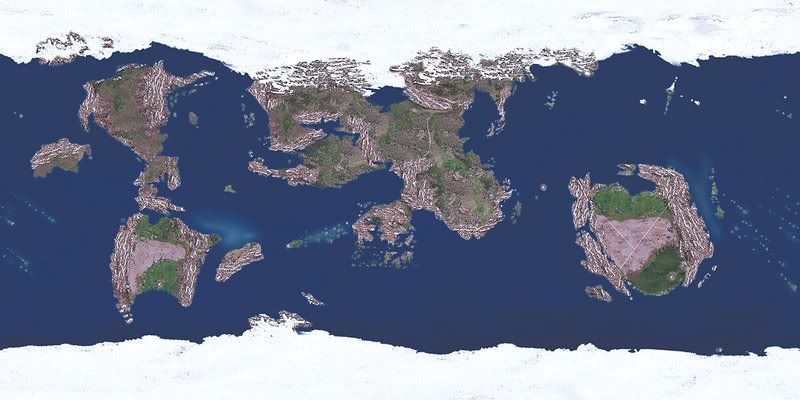Werthead;81499 said:
The key reason acquatic species cannot become intelligent or sentient is that they lack the ability to create fire, which is necessary for technology, unless they evolve into land-dwelling creatures (erm, like us).
Also, by current models lifebearing planets can only exist in-between the Galactic spiral arms (like us) at roughly our distance from the Core or further out. Inside the arms there's too much risk of a nearby supernova irradiating the system and closer to the Core results in too much radiation. Recent studies of (IIRC) the Tau Ceti system indicate that it lacks a Jupiter-sized gas giant, meaning that any theoretical Earth-like planets in orbit around the star would be hit by roughly 10 times as many meteors as Earth (Jupiter or larger gas giants act like a giant vacuum cleaner sucking up or deflecting asteroids in the outer Solar system from trajectories into the inner system), suggesting that the presence of a large gas giant is essential as well for the development of life. Finally, the presence of an extremely large Moon (in relation to the size of the Earth) helps stabilise the axis and regularises the seasons and tides, which may also be essential for the development of life.
There are a couple of problems with this model (such as it disallows the possibility of life existing that can either handle or thrives on radiation) but overall it would indicate that the number of lifebearing planets and stars in our Galaxy is far, far fewer than previously indicated, though still in the tens if not hundreds of thousands.
There are a lot of assumptions in there. Fire isn't necessary for intelligent life. Technology such as we know it, yes, but there are limitless avenues for technological advancement. Just off the top of my head I can see an aquatic civilization advancing using geothermal energy, electromagnetism and various forms of radiation/pressure.
Our current models for planets which can sustain life are based on "our life". Similar heat, gravity, radiation et al. requirements. Even with this in mind, we have only recently begun to examine extra-solar planetary issues and I can see us rapidly evolving our templates for those life-sustaining models.
Unfortunately, most of the models are limited in that they have assumptions based on our own solar system. For example, the need for a large gas giant to protect us from meteors may or may not be necessary. Our solar system appears to have an inordinate amount of debris due to the destruction/creation of the asteroid belt between Mars and Jupiter. Other systems may be relatively clean and not have nearly as much meteoric activity as we do.

 Help
Help






















